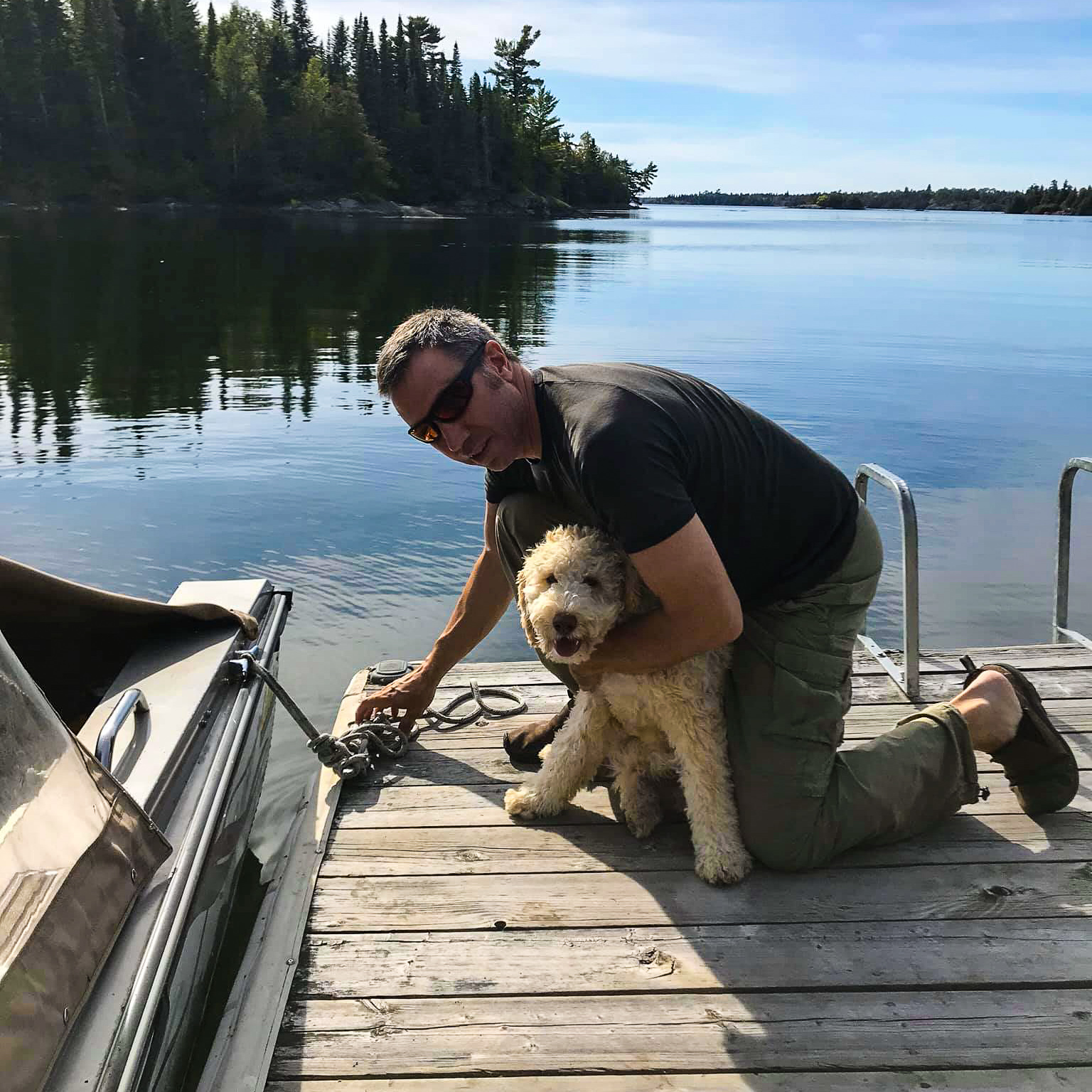The Split Squat
At Precision Movement and Therapies we want to know “What would you do if you could move better?” It may be walking, running, lifting your child or grandchild, using stairs, cycling, paddling, or whatever your heart desires. With our Precision Movement Exam, we look at movement to address common muscle and joint problems in the ankles, knees, hips, shoulders, elbows, wrists, lower back, neck, and more. One of the movement patterns we look at is the split squat – a transition pattern from two legs to one leg.
In this blog post, we will highlight the split squat movement pattern.
What is the split squat?
It is a movement that uses muscle groups across your lower body.
How do you do a bodyweight split squat?
1). Stand with your feet shoulder-width apart, hands on your hips with your elbows tucked into your sides.
2). Step forward with one leg and plant your foot flat on the floor.
3). Raise the heel of your back foot so only your toes are touching the floor. Both of your hips and back heel should be in a straight line.
4). Drop your back knee towards the floor activating your gluteal muscles.
5). Return to the starting position.

Crystal Barrett- Massage Therapist 
Precision Movement Staff
Why would you use it?
The split squat allows you to get to the floor with the power coming from your glutes, quadriceps, and hamstring muscles. Your knees and lower back will both be in low load position. The split squat will also put a different stress on the hip joint then the hip hinge squat (previous blog). Using different movement patterns will give your hip joints a break reducing the chance of having hip joint problems.
What do we use a split squat for?
This movement can be used for many different reasons such as putting a leash on your dog, bowling, tying your shoe, tying up the boat or even pushing your car out of the snowbank!

Putting your dog’s leash on 
Tying your shoe 
Tying up the boat

